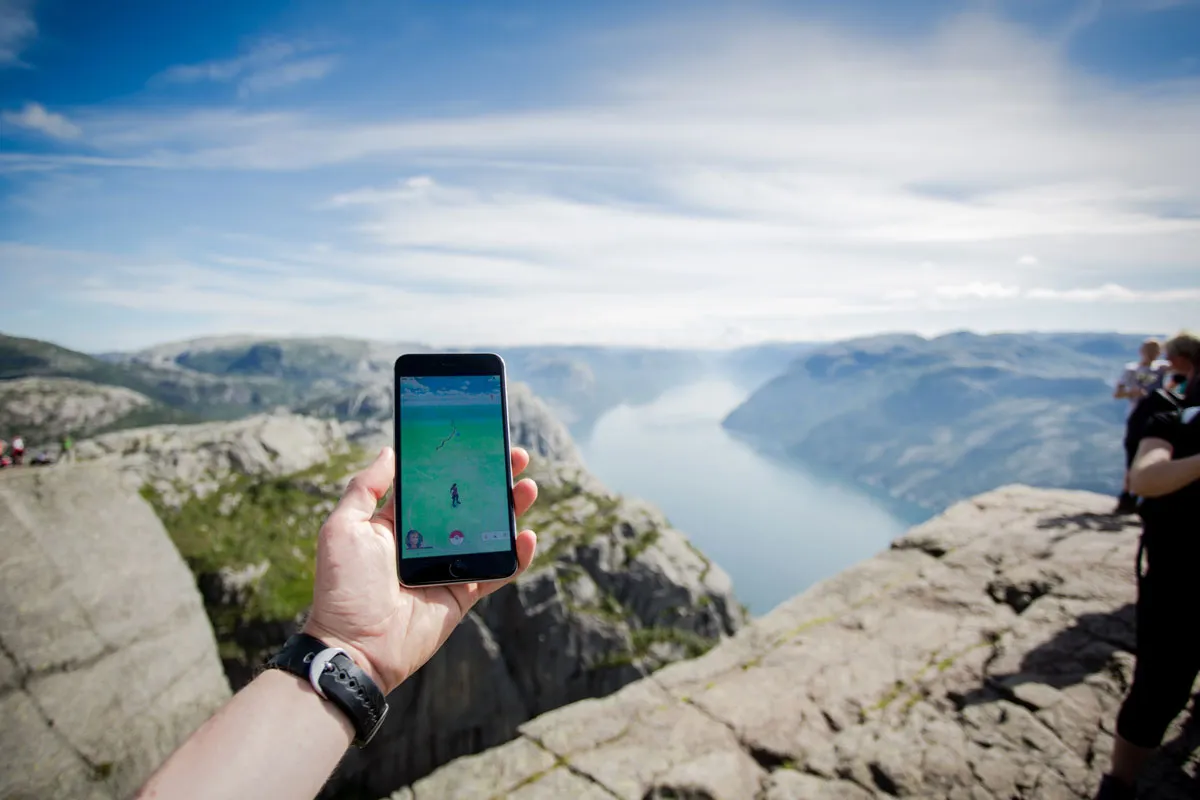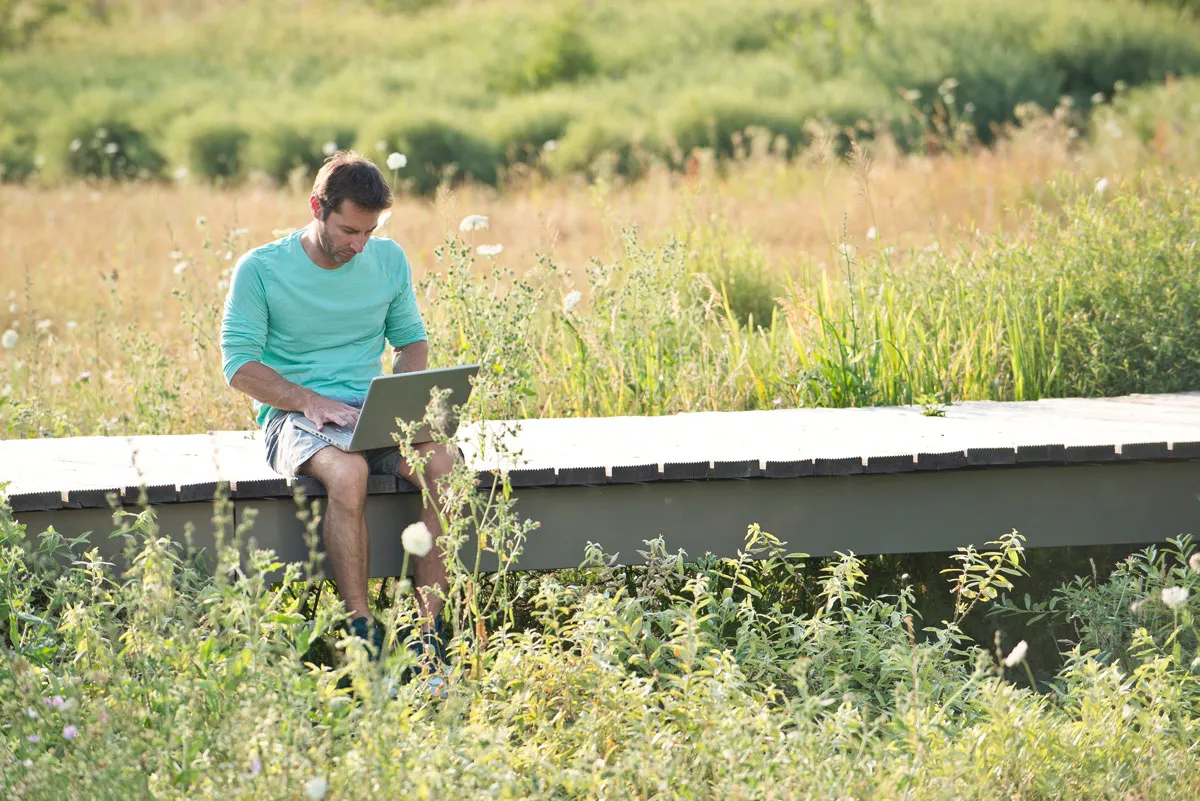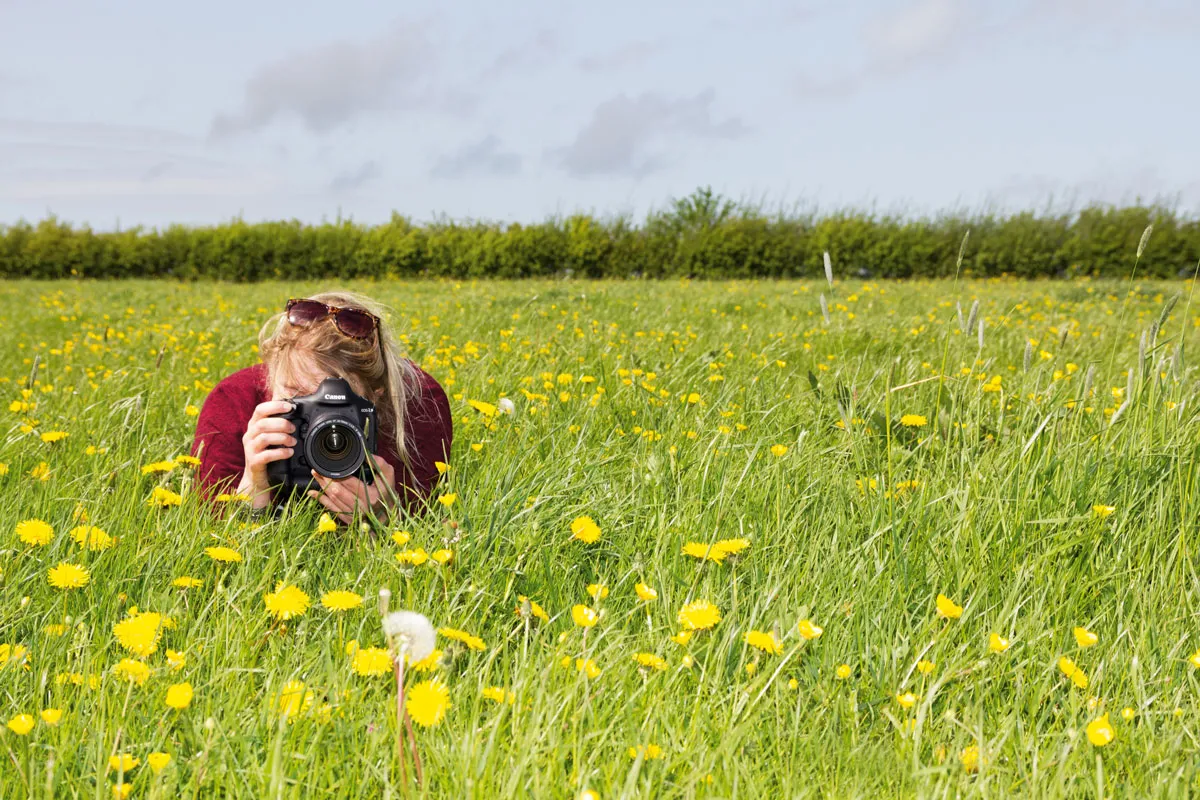Here is our expert guide on how technology can help us get back to nature, plus five of the best apps to help you get started.
Nature apps
To understand causes of species’ declines, scientists must know where species dwell. Increasingly, the public (or ‘citizen scientists’) help by reporting species sightings. Just a decade ago, these observations were often done in pencil (and sent in on a postcard). Today, wildlife charities are turning to mobile apps to monitor sightings of everything from rare fungus to bats, frogs and toads. “Apps make data collection simple,” says Jenny Tse-Leon of the charity Froglife. “The data we receive can be shared with local record centres and national databases, making the whole process much more efficient for charities and volunteers.”
Identification via social media

Knowledge about Britain’s dizzying array of wildlife was once out of reach to all but the wisest experts. But technology has changed that. With the help of a cameraphone and experts on social media, a micro-revolution in species identification has taken place. “Many of the public now carry smartphones and send photos of unidentified invertebrates our way with questions about what they are,” says entomologist Sally-Ann Spence of Minibeast Mayhem. “This has been hugely beneficial in helping us to engage with new audiences.” Tweet @minibeastmayhem.
Maps
Though Google Maps offers great promise to walkers, the patchiness of 4G signals across the UK means that, for now, most ramblers find themselves attached to their faithful OS maps. However, online apps are making strides in how we plan our walks. Ordnance Survey now offers 3D layers to their online maps, allowing users to scope out the best photo stops and picnic spots before they begin. Google Streetview, where users can virtually ‘walk’ a road with the click of a mouse, includes some popular walking routes too, such as the North Downs Way. See also Viewranger, which Countryfile Magazine uses for all our walking routes.
Gaming

In the summer of 2016, many naturalists were joined in the woods by a new crowd: video gamers. Almost overnight, hundreds of thousands of young (and old) Pokémon GO! players took to parks and forests in search of ‘augmented-reality’ Pokémon creatures, observable only through a phone’s viewfinder. Highly addictive, with bonuses for those tracking over long distances, the game got young people to explore nature in a novel way, becoming virtual naturalists without even knowing.
Virtual reality
Once considered little more than a gimmick, Virtual Reality (VR) is back and this time it’s mercifully cheap. By simply putting a mobile phone in cardboard goggles, for instance, users can immerse themselves in endless worlds. Many people, including schools and hospitals, choose nature as their online world. “Inner city hospitals often find it hard to afford patients the opportunity to enjoy nature from their window,” says Bianca Costa of Great Ormond Street Hospital School. “For us, VR offers an excellent tool. It allows our pupils to experience a virtual ‘outside’ world that can enhance their learning.”
Nature networks
With young naturalists thin on the ground or, worse, embarrassed to pursue their passions in public, social media offers young people an online meeting place where their interests can thrive. “Social media has empowered us to extend our reach, which is now almost 8,000 people strong,” Elliot Newton from youth group A Focus on Nature says. “Our network would not have grown into the vibrant and far-reaching web is it today without being able to connect and share knowledge through social media.”
Nature blogging

Wildlife diaries were once personal books, filled with pages of observations, sketches or poetry. Kept under beds or in drawers, many were rarely seen. Through blogging, nature diaries have changed. They have become public galleries for others to enjoy and learn about nature. Will Harper-Penrose is one of BBC Wildlife Magazine’s prized nature-bloggers: “It’s the instantaneous nature of blogging that I like; being able to blog about a butterfly or a bird I’ve just seen and then share it with a whole community. It’s like being part of a global university for naturalists of all levels.”
Cameras

The goings-on inside nest boxes were once a private affair. But with the cheap availability of remote cameras, those days are gone. “By request of the children, we have our nest cams on throughout the day,” says teacher Lucy Foster at Codicote Primary School in Hertfordshire. “It’s a great way to raise many topics.” Some cameras go even further: explore.org offers classrooms live video feeds of wild places, including Africa’s savannahs. “The kids love the fact that no one knows what will happen at any moment, and that it might be dangerous or violent!” says teacher Nicola Linstow, of Jubilee Wood Primary School in Milton Keynes.
Buy your own bird box cameras to watch wildlife in your garden 24/7. We've listed our favourites in the guide.
See our Photography section for more guides and tips from the experts
Best nature apps
iRecord App
This app enables users to get involved with the biological recording of all UK species. Now you can record all the wildlife you see and contribute to scientific research and conservation.
'Nature Finder' app
Ths app contains a map of more than 2000 nature reserves – woods, meadows, moors, heaths, lakes – great places to explore and get close to nature. It also contains a list of events and a directory with contact details for all 47 Wildlife Trusts.
OPAL Bugs Count Pocket ID Guide
By the Natural History Museum this handy app is a guide to common groups of invertebrates (bugs) found in the UK.
Chirp! Bird Songs & Calls of Britain and Europe
This app allows users to identify and learn bird songs. Time to set the alarm for the dawn chorus!
Sky map app
Sky Map is a hand-held planetarium for your Android device. Use it to identify stars, planets, nebulae and more.
